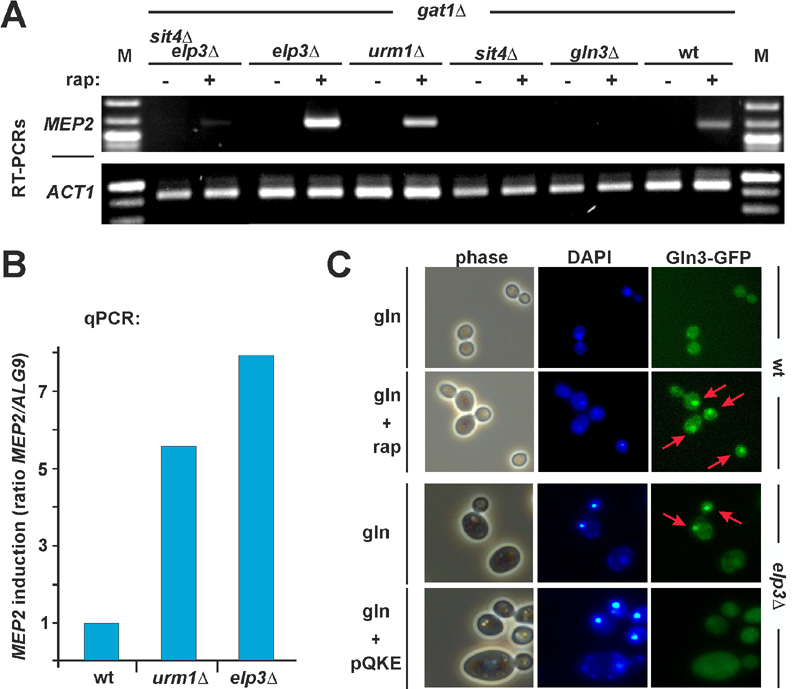FIGURE 3: Loss of U34 anticodon modification causes nuclear Gln3 mislocalisation and enhances TOR-sensitive gene activation by Gln3.
(A, B) RT-PCR (A) and qPCR (B) reveal that the TOR-sensitive MEP2 gene transcription by Gln3 is enhanced in anticodon modification mutants that lack Elongator and U34 thiolation activities. Total RNA was isolated from the indicated strains cultivated with good nitrogen source (glutamine) supply in the absence (-) or presence (+) of 50 mM (rap) rapamycin. Following RT-PCR, the transcriptional induction of the MEP2 gene was analysed in comparison to actin (ACT1) transcription (A) and quantified by qPCR in relation to ALG9 transcription (B) (mean values of triplicates).
(C) Gln3 mislocalises to the nucleus in an elp3∆ Elongator mutant, a property suppressible by tRNA overexpression. Wild-type cells carrying pRS416-GFP-Gln3 were grown in minimal medium containing glutamine (gln) as the sole N-source with or without 10 nM rapamycin (rap). For localization studies with the Elongator mutant in response to tRNA overexpression, elp3∆ cells carrying pRS416-GFP-Gln3 together with empty vector control or multicopy tRNA plasmid (pQKE) were used and images taken in phase contrast, DAPI- and GFP-fluorescence modes (phase, DAPI, Gln3-GFP). Arrows indicate nuclear localization of GFP-tagged Gln3.

